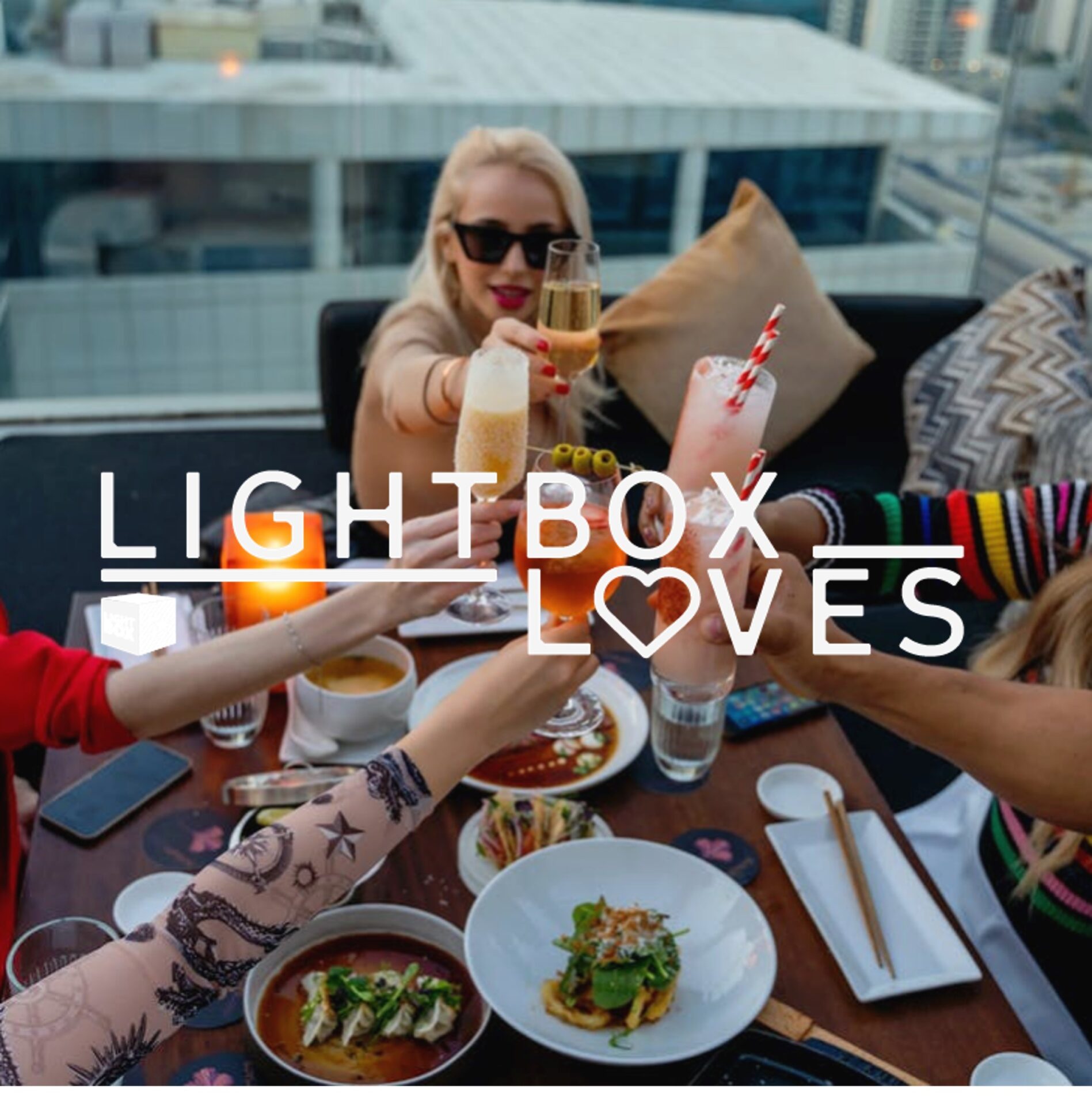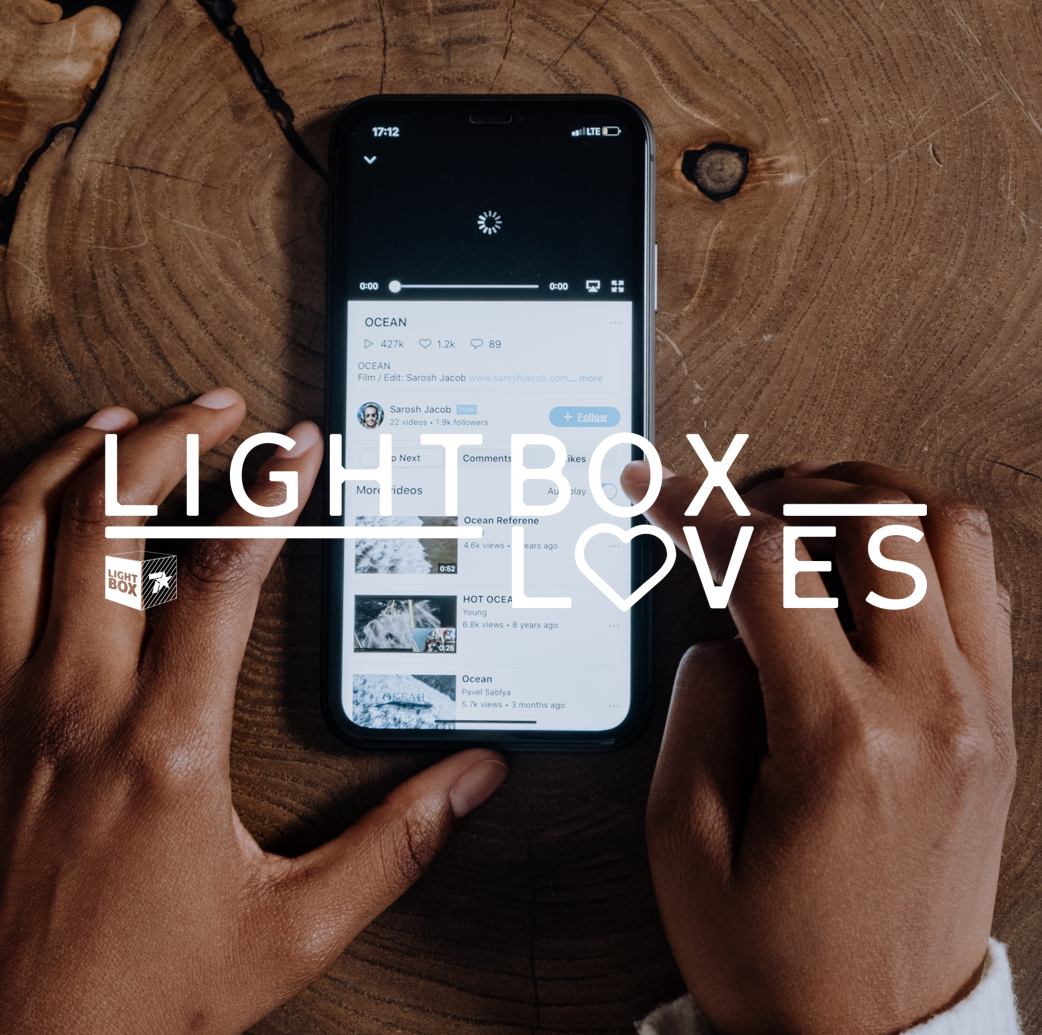
With a collision of events this September – from back-to-school, returns to the office and some late Summer sun – opportunities to spend combined with a positive mindset are resulting in renewed levels of consumer confidence.
At the start of 2021, household savings were at the second highest level on record, with £190 bn saved during lockdowns. Following a year of restrictions, consumers have been biding their time since early in the year to find their moments to splurge. Intentions to spend on non-essential items have seen a significant increase since June. In our August edition of the QT, we also found happiness levels are at an all-time high, reflective of the return to more regular social habits and routines. The UK is a social nation – with 21% of consumer spending ordinarily dedicated to ‘socially consumed services’ (such as eating out, leisure activities and holidays). With these activities being stifled during lockdown, people have jumped at the chance to make up for lost time.
Brits are revelling in the new found ability to plan ahead. 87% of people agree that having a holiday planned gives them something to look forward to, and our August QT results echo this sentiment, with 25% intending to spend more money on travel in the next 12 months – almost doubling in sentiment since June.
Brits are also looking for more ways to live, and spend, ‘in the now’. With an ever-increasing awareness of wellbeing and self-care, there has been an influence on the role for self-gifting. Fatigued from deferred gratification during lockdown, more consumers are turning to little luxuries – whether it’s an ad hoc treat or a regular self-gifted subscription. Additionally, consumers are building anticipation for a big spending opportunity this Christmas, with 1 in 3 planning to start shopping earlier this year and a further 30% planning to spend more money overall on Christmas this year.
These positive signs present many opportunities for brands. Whether it’s being the antidote to the mundanity that has been too prevalent in recent times, providing an upgrade moment to a spending occasion, or helping people to purchase now for future plans. Capitalising on the current levels of confidence and joy will be key to capturing consumers wallets this Autumn.
– Rachel Coyle
(Source: the7stars QT, Canvas8, The Times, the7stars Christmas Trends 2021)












Recent Comments